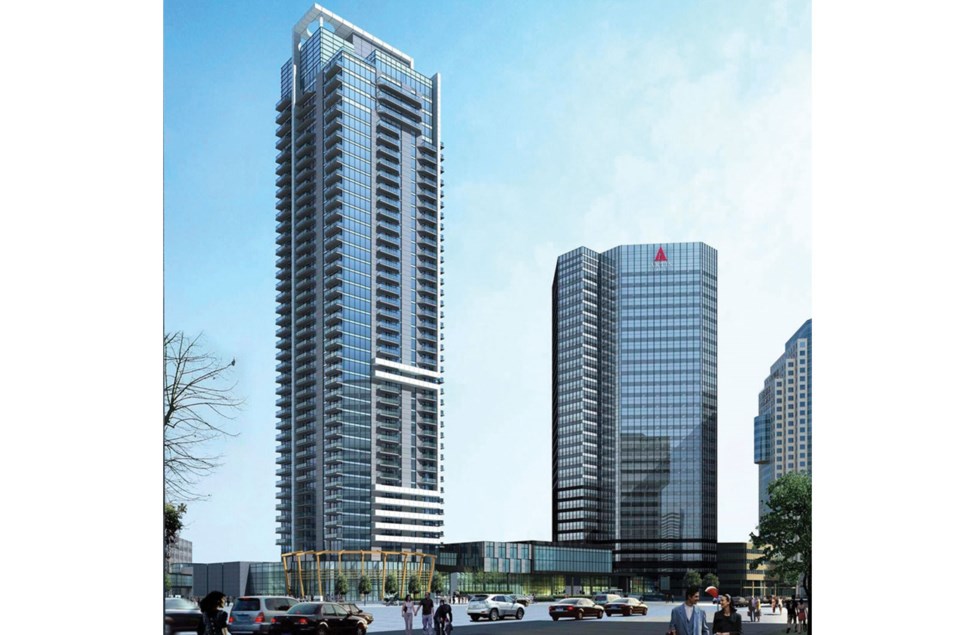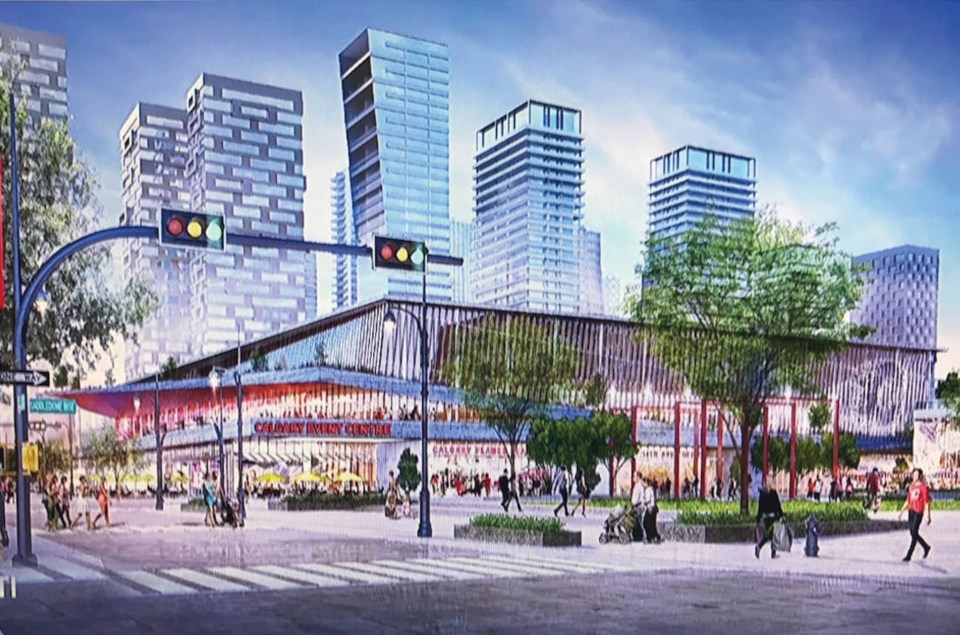A 2020 vision for the commercial and industrial real estate horizon across the Prairies shows clouds potentially dispersing as large projects break ground from Calgary to Winnipeg.
Calgary
The December 2019 decision to proceed with a new NHL hockey arena to replace the Saddledome is part of the good news shaping the outlook for Alberta’s biggest city.
The City of Calgary and the Calgary Flames organization have inked an agreement to split the cost of $550 million, but the city is on the hook for the cost to demolish the 37-year-old Saddledome.
Calgary’s downtown could use a shot in the arm.
Its glittering office towers – many completed just before and after the oil price plunge of 2014 – are suffering the highest vacancy rate in the country, in the neighbourhood of 23 per cent. The lack of office workers has affected retailers, especially restaurants.
“In 2020, moderate economic growth will continue to support modest retail sales gains; however, risk will remain elevated,” noted a cautionary report from Morguard.
The bright spot for this year is industrial, according to Morguard and CBRE, along with mixed-use suburban projects.
Calgary’s industrial segment experienced moderately healthy demand in 2019, after 1.2 million square feet of industrial space was absorbed during the first six months of the year. Another 960,000 square feet of speculative construction was expected to complete by year-end 2019 and at least 260,000 square feet will hit the market in the first quarter of this year.
“Businesses selling a good or service almost exclusively to Calgarians face economic hardship and offer limited [real estate] growth,” CBRE stated in a third-quarter report, in noting the sector has an 8.4 per cent vacancy rate.
Still, Taza, touted as the largest First Nations development in North America, has broken ground on Calgary’s southern border. This 1,200-acre project, which includes big-box and regional retail, offices and hundreds of new homes, is expected to cost $4.5 billion. The Tsuut’ina Nation and Canadrel MDC Development Management are developing Taza.
Edmonton
Economists are forecasting GDP growth to average 2.3 per cent annually over the next three years, but the Conference Board of Canada cautions that a cutback in provincial government spending could dampen growth.
Despite some headwinds, the Edmonton real estate market is seeing strength in some areas. Construction of a number of new office towers is adding vibrancy to the city’s downtown. While JLL Canada reported an office vacancy rate of 17.7 per cent in the second quarter of 2019, the downtown area saw positive net absorption, particularly in the city’s financial district. A wave of completions is putting some pressure on the owners of older buildings to renovate or repurpose them to compete with the new towers.
Industrial real estate is doing well, especially in communities outside the city where available land and lower tax rates are helping stimulate development.
Edmonton is evolving as a warehousing and distribution center, as seen in developments like an Amazon facility in Nisku’s Border Business Park that is expected to open early this year.
Another area of industrial strength is the hydrocarbon-processing region, northeast of Edmonton, where billions of dollars in investment activity is underway.
Saskatoon
Saskatoon’s economy is expected to slow slightly this year, with GDP growth forecast to slip to 1.7 per cent, down from 2.2 per cent in 2019, according to the Conference Board of Canada.
Saskatoon’s office sector will face challenges in 2020 with the completion of the 185,000-square foot River Landing’s first tower.
Saskatoon’s office vacancy is already at 16.5 per cent and rising.
The retail vacancy rate stood at a tight 3.3 per cent in late 2019, and during the first half, $44.5 million in retail property sold, up from $38.5 million in the same period a year earlier.
Winnipeg
An economic slowdown is forecast for Winnipeg in 2020, with a fairly tepid GDP growth rate of 1.6 per cent, says the Conference Board of Canada.
Strong immigration levels have more than outweighed outflows, helping to fuel solid population growth.
Completing this year, a new 40-storey, $160 million mixed-use luxury condo development at 300 Main Street by Artis Real Estate Investment Trust will be Winnipeg’s tallest structure.
Meanwhile, the industrial availability rate was just 4.2 per cent in the third quarter of 2019, according to JLL Canada.




